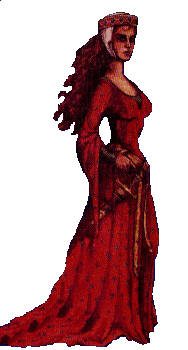
Language Arts Extra Credit WebQuest

Language Arts Extra Credit WebQuest
In this creative writing activity, students will use familiar characters,
plots and settings from traditional fairy tales to create
"fractured" versions. By altering the story line, adding an unexpected
twist, or creating a contemporary "spin," students will
experiment with satire, irony and parody.
BACKGROUND
Do some internet research on Fairy Tales. Read many tales and learn
about elements and history of the tales.
Here are some sites to get you started:
 |
Text
Versions of Tales
|
WHAT TO DO
1.List some of your favorite fairy tales. Discuss some
elements that many of the stories
share. You might find it helpful to web their
responses or to use a Venn diagram to illustrate similarities and
differences. Some of the common elements are:
Once upon a time...
Good vs. evil
beautiful princess/handsome
prince
magic
talking animals
...happily ever
after.
2.You will be having an opportunity to "fracture" one of
these tales. A fractured fairy tale is designed to
be humorous by changing the story in an unexpected
way; like altering a character, or adding modern language and
events. Suggestions on ways to fracture "Cinderella"
are shown below:
Cinderella is
homely and has beautiful stepsisters.
The prince can't
dance.
She likes to
cook and clean.
The magic wand
is broken and can't get the spell quite right.
She doesn't
want to get married anyway.
She didn't want
a carriage; she wanted a Mazda!
3.A humorous version of a well-known story is called a
parody. Humor can be satirical
(making fun of the Prince, for example), or
ironical (the broken wand).
4.Other than the fractured elements, the fairy tales should be true to the classic form. Work alone or with a partner. Use the writing process to draft, to revise, to edit and to publish the stories.
PRESENTATION OPTIONS
1.Students may write the stories in script form and act
them out for the class.
2.Students may write in a picture book format.
3.Students could put on a puppet show of all the fractured
stories to share with a younger grade.